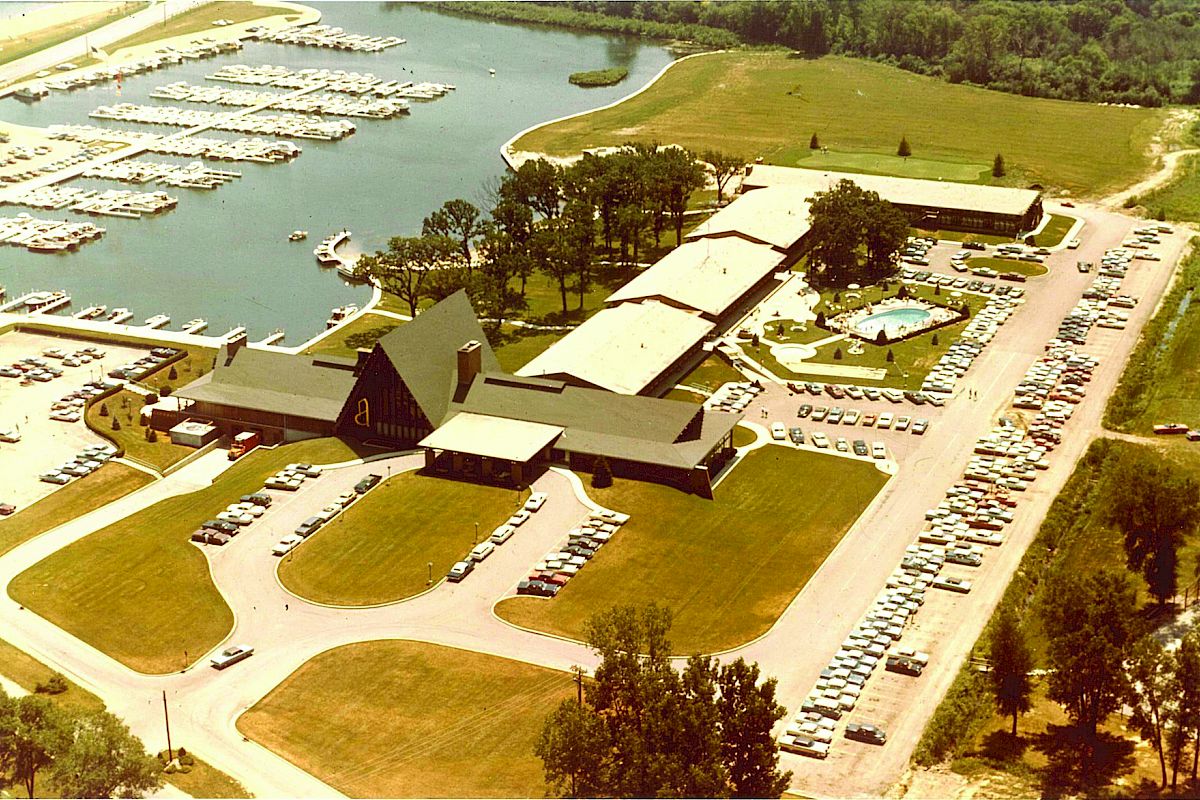Throughout its more than fifty years of continuous operation, the resort has preserved a great sense of its historic legacy and timeless tradition while continuing to welcome improvements. The Abbey Resort seeks to provide its guests with outstanding accommodations and service, and as one of the most esteemed resorts in the area is committed to staying ahead of the curve when it comes to renovations and resort improvements.
In 2005, the now 90-acre, 334-room resort underwent a $40 million redevelopment to modernize the property. The final phase was completed in 2008 with the introduction of Avani Spa, one of the largest and most complete full-service spas in the Midwest.
In 2013, The Abbey Resort celebrated 50 years of continuous operation with the completion of a $50 million renovation, including major external renovations such as the transformation of the famed Abbey A-frame, as well as interior renovations that included major remodeling of the entryway, lobby, meeting spaces and grand ballroom.
Dining amenities underwent major renovations in 2014, including the remodel and relocation of Café Latte to the lobby area and the debuts of Bar West providing guests with an intimate bar and cocktail setting, and 240° West, the resort’s signature restaurant. A remodel of the resort’s more casual restaurant and bar, Waterfront, enhancements to the outdoor pools and the creation of Immersion Entertainment Center were all completed in 2017, and a new outdoor event venue, West Shore Pavilion, which provides all the comforts and amenities of an indoor space in a natural and relaxing outdoor setting.
In 2019, a new phase of renovations began in our Geneva Lakes Meeting rooms, main lobby and the unique space in our iconic A-frame all received a fresh new look. Remaining open in 2020, we completed our meeting space including our luxurious Harbor Ballroom. Avani Spa was given a new look and a new focus that began in 2021 and was completed in 2022. Capping off the new look, our guest rooms all underwent a remodel with a light, airy new feel inspired by lake living.
The Abbey Resort prides itself on staying ahead of the hospitality curve, and its continuous renovations are a testament to its commitment to moving forward while maintaining its timeless traditions and its historic legacy as the only full-service resort on the shores of Lake Geneva.




